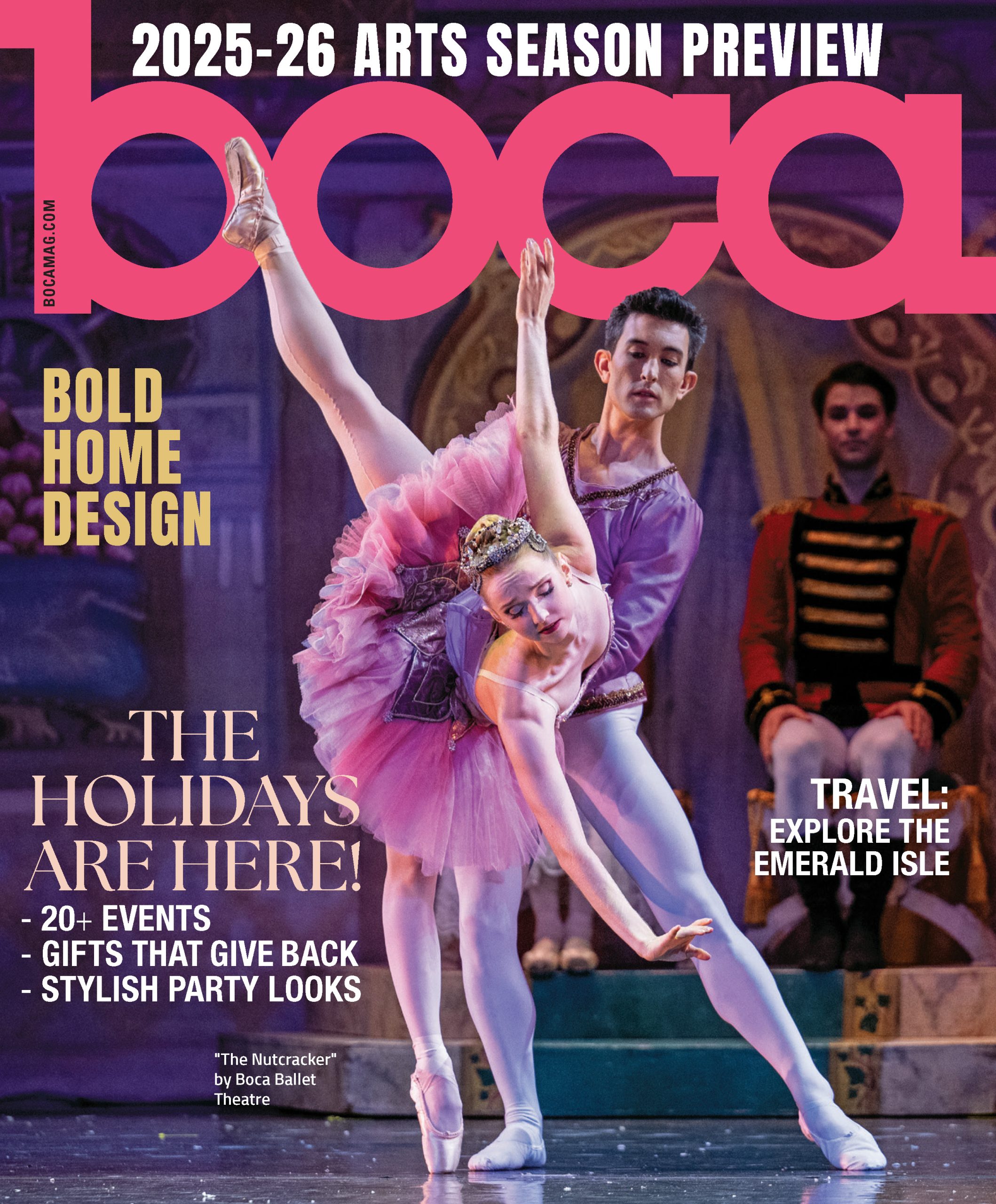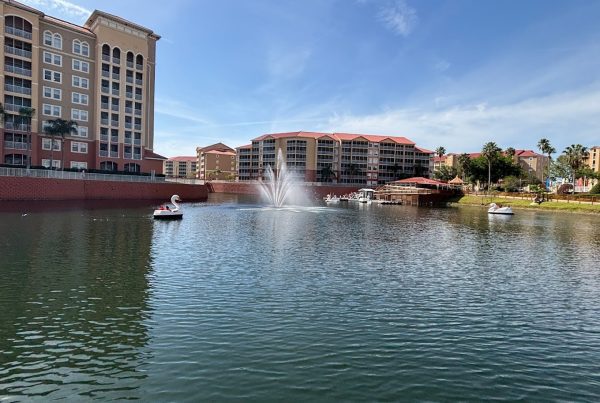In Ruben Torres Llorca’s “We Will Build a House Without Windows,” two busts stare each other down, each severed head a literal bump on a log. On each face, a weapon (a hammer, an axe) protrudes from its third eye and is pointed in the other’s direction. A house separates the angry busts.
There is absurdist humor in this piece, but also a familiar fury and a sense of mutual distrust, landing for our viewing pleasure at a time when “secession” and “civil war” are terms actually entering public discourse again. Are Llorca’s subjects neighbors, feuding over the invisible fences of said domicile? Could the house be a tenuous geographic border, and does each bust represent nations warring over a fractious sliver of land? The busts appear to be from the same series, and they share the same log, but that hasn’t stopped such madness before.
These are the questions I contemplated while fixated on Llorca’s provocative piece, one of the highlights of NSU Art Museum’s “The Art of Assemblage,” on display through Feb. 13. Any sense of distance created by more two-dimensional art forms is absent in works like Llorca’s, where, like sculpture, visitors can encircle it, taking in its details from every angle. But unlike traditional sculpture, artists practicing assemblage don’t chisel their creations from materials provided for this purpose; they scavenge objects that already exist and repurpose them into something new.
NSU Art Museum’s exhibition is a contemporary mirror of 1961’s Museum of Modern Exhibition of the same name, a legendary survey that helped popularize the term assemblage. The two exhibitions, 60 years apart, even share an artist, Italy’s Enrico Baj, whose “Military Strategist Sahuguet of Amarzit d’Espagnac” is a satire of martial zeal, its painted image of a red-faced, crazy-eyed general visible behind bulging, three-dimensional epaulets and honors. Robert Rauschenberg, one of the most celebrated practitioners of assemblage, has a work on display as well; so do the avant-garde CoBrA artists from mid-20th century Scandinavia, who appear in the form of coarse paper collages.
Curated by Ariella Wolens, the show strikes a deft balance between humor and starkness, politics and play. Four Pablo Cano marionettes, whimsically constructed from other people’s junk, best represent the latter, arranged as characters in a puppet theatre in front of a painted, site-specific backdrop of a Parisian café.
Christian Holstead’s “Sleeping Bag With Dignity” is another of the memorably light but evocative pieces, a campfire scene complete with floral sleeping bag, pillow with a TIME magazine cover printed backwards across it (“EMIT”), makeshift fire pit, marshmallows for roasting and a vertical plume of flames terminating in an ashy mist—almost all of it knitted from fabric. In Rob Pruitt’s eye-catching “Panda Erasers,” a stack of tires, spray-painted in psychedelic hues, sits like a modernist totem, while the titular adorable objects fill a hole at its top—an offering to the gods, or to somebody’s fourth-grade classroom.
Some of the assemblages are admittedly opaque, if not out-and-out baffling; try as I might, I couldn’t conjure the hidden subtext behind Jorge Pardo and Jason Rhoades’ “#1 NAFTA Bench,” consisting largely of a plywood slab held up by a concrete pedestal and paint buckets, with a long vinyl tarp draped over it like a supine figure. I need to phone a friend to understand this one.
Other works are as impressive in their technique as they are poignant in their substance. Maria Brito’s “Come Play With Us” is a dollhouse-like assemblage inspired by memories from the artist’s childhood, but it’s left deliberately incomplete, like a construction site still in progress—and, you might say, like our actual remembrances of things past. In Ray Azcuy’s “Everything is Fine Here,” the Cuban-American artist conveys what it’s like to view the United States as a beacon of hope by covering Ken dolls, head to foot, in maps of South Florida, and positioning them on the bow of a ship, gazing into the horizon of their future.

As the exhibition astutely points out, while “assemblage” may be a 20th century term of art, its practice dates back to the earliest examples of art and handicraft. Per the wall text: “For millennia, African tribes have used organic and repurposed materials such as cowrie shells, textiles, hair and beads to create both ceremonial and functional objects.”
“The Art of Assembly” concludes with striking examples of such spiritually infused work, many courtesy of the Yoruba tribe of West Africa. Vanessa German’s “Pure Lard #3” updates this approach with a more modernist aesthetic. Named after the lard container on which her figure stands, German depicts, through a collection of ingeniously repurposed materials, a Black woman, her tears comprised of strands of blue gemstones matching her dress. She holds a baby enjoying a piece of watermelon, and she sports cowrie-shell lips, her hair a coil of snakes. It’s as bold and gut-punching a confrontation of racist stereotypes I’ve encountered in recent memory, conceived in a way that only the endless possibilities of assemblage can provide.
“The Art of Assemblage” runs through Feb. 13 at NSU Art Museum, 1 E. Las Olas Blvd., Fort Lauderdale. Admission is $5-12. For information, call 954/525-5500 or visit nsuartmuseum.org.
For more of Boca magazine’s arts and entertainment coverage, click here.







